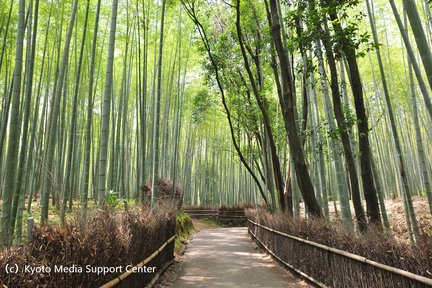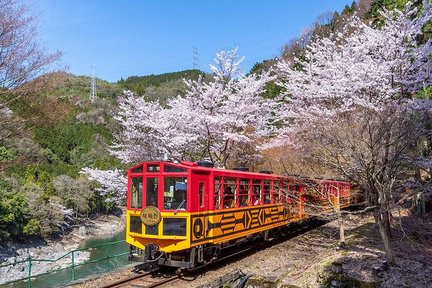Jojakkoji Temples

The best of Jojakkoji Temples
Bucket-list experiences
Make it a getaway
All that's good & tasty
More to explore
Why people love Jojakkoji Temples
Nearby places to go
FAQs about Jojakkoji Temples
When is the best time to visit Jojakkoji Temple in Kyoto?
How can I get to Jojakkoji Temple from JR Saga-Arashiyama Station?
What are the entry fees and opening hours for Jojakkoji Temple?
What is the best season to visit Jojakkoji Temple?
What are the transportation options to reach Jojakkoji Temple?
How much time should I allocate for visiting Jojakkoji Temple?
Are there any COVID-19 considerations I should be aware of when visiting Jojakkoji Temple?
What to know before visiting Jojakkoji Temples
Remarkable Landmarks and Must-Visit Sights
Niomon Gate
The Niomon Gate, dating back to the late Edo period, is a historic structure that welcomes visitors to Jojakkoji Temple. It holds the statue of Niou, possibly a masterpiece by Unkei, and serves as a gateway to the temple's tranquil grounds.
Main Hall
The Main Hall of Jojakkoji Temple is a place of worship and reflection, offering a glimpse into the temple's rich history and traditional atmosphere. The hall provides a serene setting for visitors to appreciate the spiritual essence of the temple.
Pagoda
Dating back to 1620, the pagoda at Jojakkoji Temple stands as a symbol of cultural heritage and architectural beauty. Set against the backdrop of Sagano's stunning scenery, the pagoda adds to the charm of the temple complex.
Cultural and Historical Significance
Founded in the 16th century by the priest Nisshin, a disciple of the renowned tea master Sen no Rikyu, Jojakkoji Temple holds a significant place in the history of Buddhism. Belonging to the Nichiren sect, the temple has witnessed numerous reconstructions while preserving its traditional ambiance.
Local Cuisine
While exploring Jojakkoji Temple, don't miss the opportunity to savor the local culinary delights of Kyoto. Indulge in popular dishes like kaiseki ryori, yudofu, and matcha sweets, experiencing the unique flavors that define Kyoto's gastronomic scene.


![[Kyoto & Nara Day Tour] Arashiyama Train & Nara Park & Fushimi Inari Shrine Thousand Torii Gates & Togetsukyo Bridge & Bamboo Forest Path & Kimono Forest (Depart from Osaka)](https://res.klook.com/image/upload/fl_lossy.progressive,w_432,h_288,c_fill,q_85/activities/rfkrmg8mmd1swgre0lm4.jpg)


